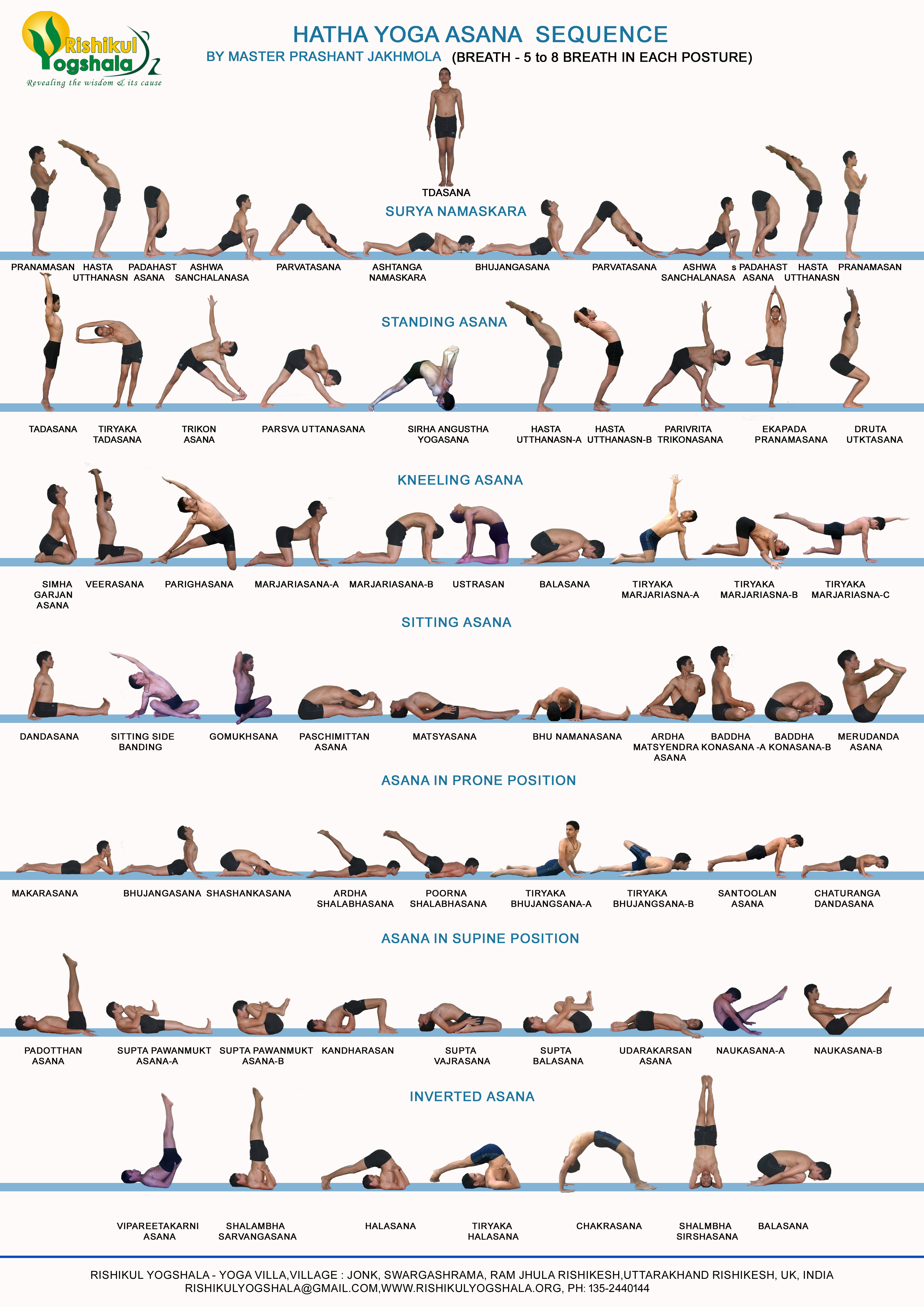
It was created by Indian yogi Bikram Choudhury in the early 1970s. It is influenced by ashtanga yoga.īikram yoga is the favourite of anyone who loves to sweat. Some studios call it flow yoga, flow-style yoga, dynamic yoga or vinyasa flow. Vinyasa flow is really an umbrella term for many other styles. If you're new to yoga, it is a good idea to take a few classes in a slower style of yoga first to get a feel for the poses. That way, students come away with a good workout as well as a yoga experience. Teachers lead classes that flow from one pose to the next without stopping to talk about the finer points of each pose. You go at your own pace, on your own breath. This is my preferred style of learning yoga and, I think, the safest and most traditional. Students turn up at any time within a three-hour window to do their own practice as taught by their teacher. You can either attend a regular class or the more traditional Mysore style (see below).Īshtanga yoga taught one-to-one in a group setting.
Hatha yoga sequence series#
It offers a series of poses, each held for only five breaths and punctuated by a half sun salutation to keep up the pace. Anusara yoga is a more modern form of Iyengar.Īshtanga is a more vigorous style of yoga. Props – belts, blocks and pillow-like bolsters – help beginners get into poses with correct alignment, even when they're new to them, injured or simply stiff. Iyengar yoga is great for learning the subtleties of correct alignment. Many of the asanas (postures) are the same, but the approach is different. Iyengar and ashtanga yoga come from the same lineage – the teachers who developed these styles (BKS Iyengar and the late Pattabhi Jois) were both taught by Tirumalai Krishnamacharya. A good teacher won't expect you to be anything other than a beginner and they want you to have – and enjoy – a beginner's experience. They should be helping you to focus on what you can do, rather than what you can't.
Hatha yoga sequence full#
They should be roaming around adjusting, correcting and giving alternatives to people who cannot do the full pose or have an injury. A good teacher will not do his or her own practice at the front of the room. Regular attendance is needed to really reap the benefits. Aim to go to a class every few days – later, you can consider committing to a course. Newcomers can sign up for deals such as £20 for 14 consecutive days of classes. The most cost-effective way is to take advantage of studio offers. Yoga can be expensive, especially in the larger cities.

All teachers have their own unique focus based on their personalities, their own yoga practice and where and with whom they've trained. When you think you've settled on a style of yoga you enjoy, try a few different teachers.

This is how I started my yoga journey – by watching and copying. Some classes – marked general or open level – are suitable for all. And for those who are relatively healthy and want a challenge, ashtanga vinyasa or vinyasa flow might be a good choice.īefore you make a decision, try a few of the most common styles of yoga that you might see on a yoga studio (or gym) timetable. Perhaps try yin or hatha yoga. Those who have an injury or live with a chronic medical condition such as arthritis might want to try Iyengar yoga, or one-to-one sessions with a teacher where you will be able to focus on alignment and your unique needs. If you are drawn to experience the spiritual side, you could try jivamukti.

That way, you can balance your fitness routine. For example, if you're already doing lots of strength training your best choice is likely to be a yoga style that focuses more on flexibility. But to get the most benefit and the most enjoyment, you need to find a yoga style and a teacher that suits you. All yoga styles create a feeling of lightness, ease and relaxation.


 0 kommentar(er)
0 kommentar(er)
